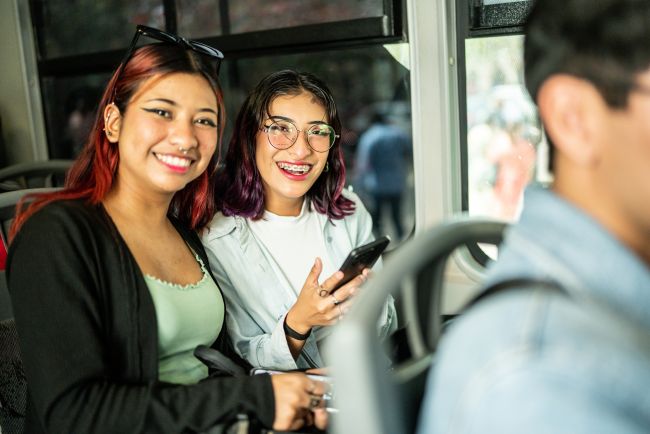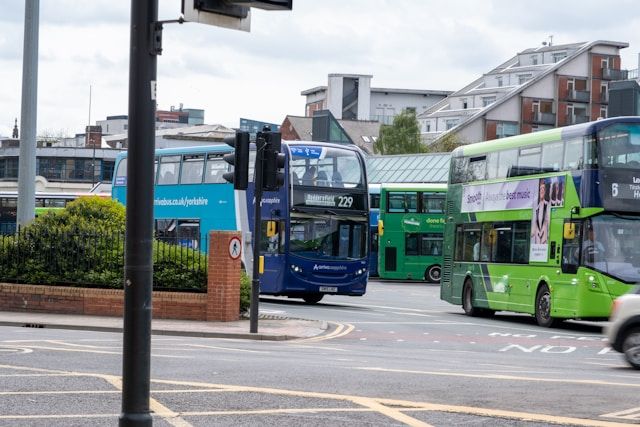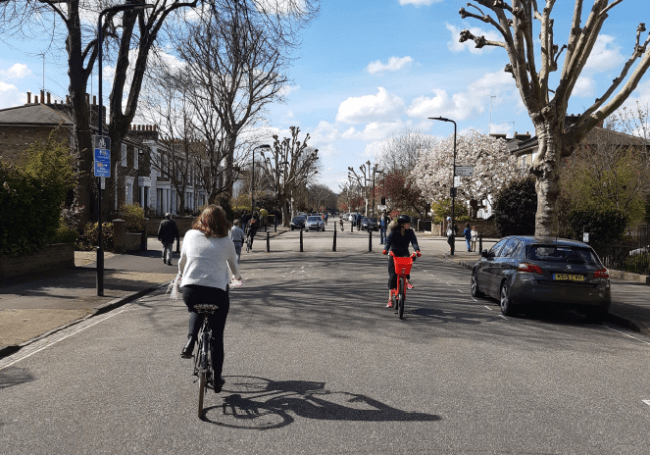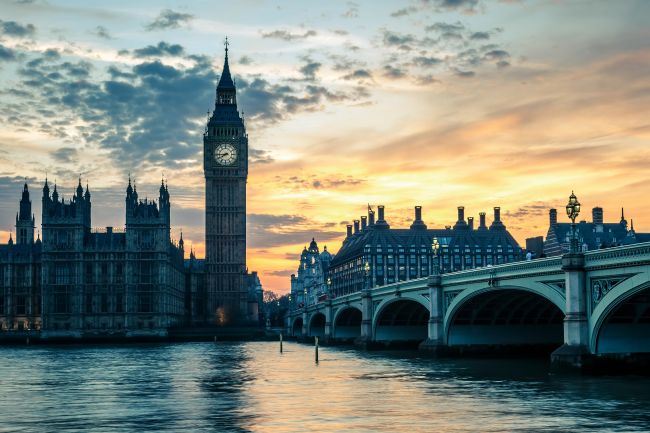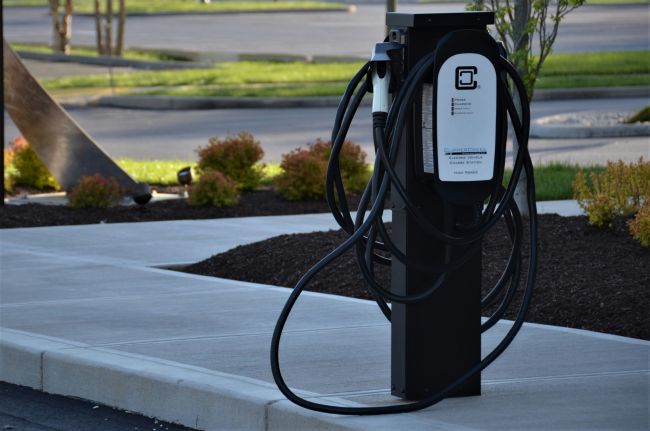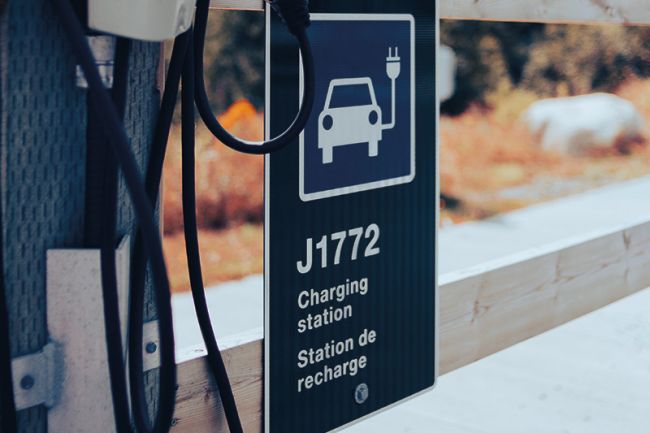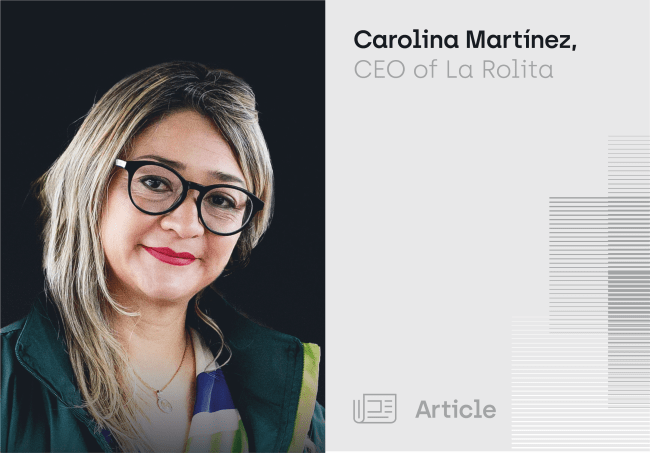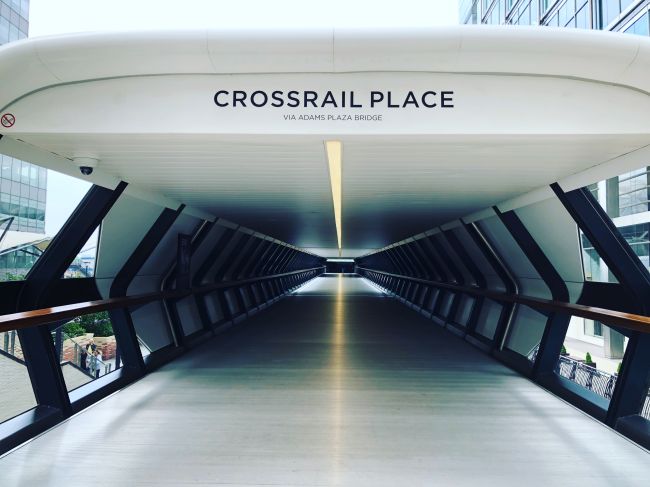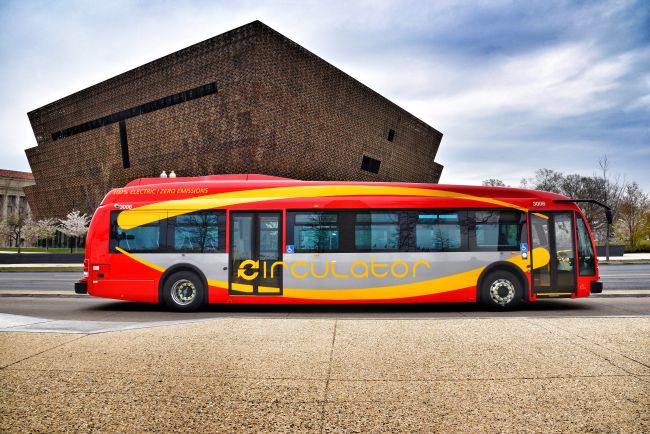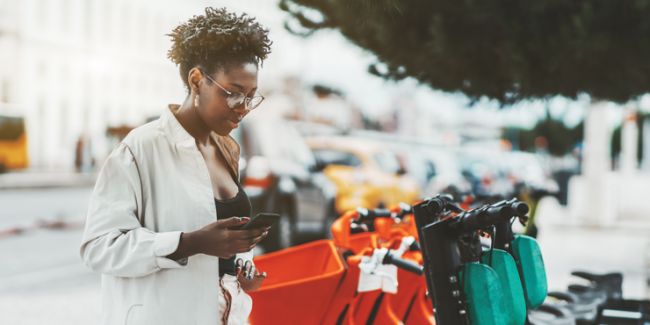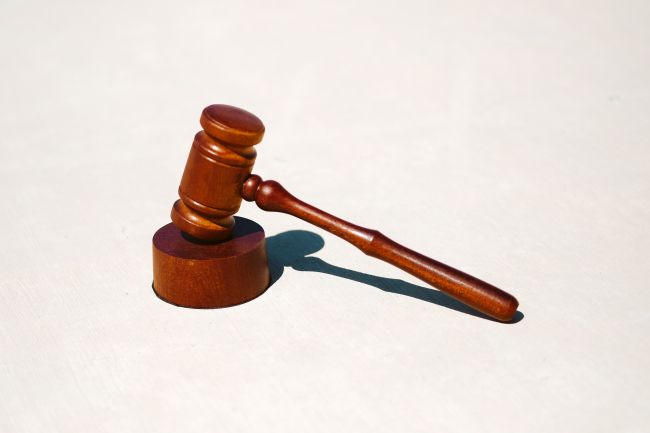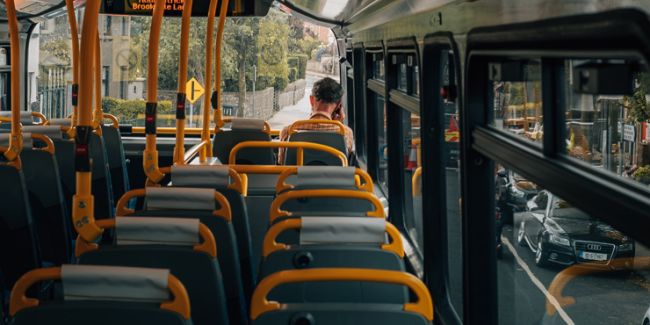How can cycling infrastructure be improved in cities around the world? Our consultants give their thoughts
Last week it was announced that cycling has overtaken car trips as a favoured mode share in central Paris.
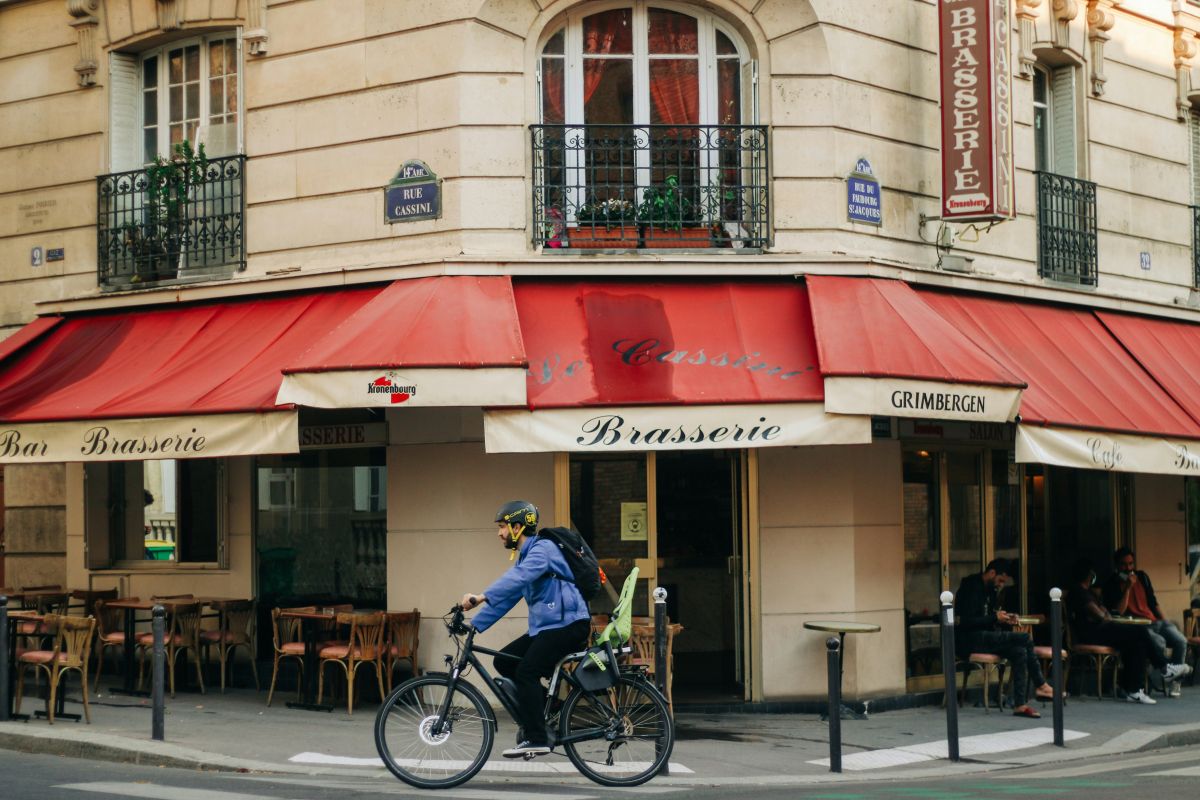
Last week it was announced that cycling has overtaken car trips as a favoured mode share in central Paris.
The study, conducted and released by Institut Paris Region (IPR), showed than since 2010 cycling has been boosted almost fourfold from 3% of trips to 11.2%, contrasting sharply with the 4.3% taken by car.
While this mode shift is not reflected in the suburbs, travellers in central Paris are reaping the dividends of a long-term policy to encourage cycling. €250 million has been invested in cycling infrastructure while reduced parking, increased charges on SUVs and a ban on polluting vehicles by 2025 all aim at curbing the numbers of cars on the Parisian streets.
Urban planning, transport demand management and sustainable mobility solutions are all key markets for Steer, and as such we asked our consultants from across the globe about their experiences of cycling in their cities, and whether or not things can be improved.
David Sutanto
Vancouver, Canada:
Trips by bike, 5.3%
Trips by private vehicle, 56.2%
(Figures from 2021)
In Vancouver, living centrally means that cycling is the best way for me to travel to Steer’s downtown office. Most of my route is on separated bike tracks or quiet streets, and I’m able to use Mobi (Vancouver’s bike share system) which means that I don’t need to worry about theft. It’s great to hear about increasing sustainable mode shares in other cities, and in the context of North America Vancouver already has a high proportion of trips made by non-car modes. According to the latest data from 2022, sustainable modes (transit, walking and cycling) already make up half of all trips made in the City of Vancouver, with cycling having a 7% mode share.
However, there is still room for improvement, by providing a wider network of routes that enables more people to safely, comfortably and efficiently use bikes for more of their transportation needs. Existing high quality bike infrastructure is mostly concentrated in central Vancouver, and is less prevalent in other parts of the municipality. There is also a need for improved bike connections across the wider metropolitan area. It’s great to see Steer playing a part in enabling this, for example by working on projects such as a cycle network update for the City of Richmond (a municipality south of the City of Vancouver), and supporting TransLink (the regional transportation authority) prioritize investment in their planned Major Bikeway Network (MBN) across the region.
Chloe McGrath
London, UK:
Trips by bike, 4.5%
Trips by private vehicle, 38%
(Figures from 2023)
At the beginning of 2024, I purchased a bike as a New Year’s resolution to try new activities and broaden my social horizons.
I was a bit apprehensive at first and decided I would only use my bike in parks and other cycle-friendly areas, avoiding main roads. I had some struggles given that I had not owned a bike for about 15 years and the chain kept falling off.
Four months later, I now know how to put the chain back on and my £50 bike has become one of the best purchases I have ever made, I cycle everywhere on it! I have been pleasantly surprised by the extent of London’s cycling infrastructure, to such an extent that I can cycle to work using mainly cycle lanes and not encounter a single main road. I’m also impressed with the number of cycle parking spaces around London that I had never noticed before!
Although cycling in London has been booming since the pandemic, one criticism I have is that construction works seem to block cycle lanes and this makes me feel deprioritised as a resident. I also struggle with the fact that I cannot take my bike onto buses or tubes. Given the drinking culture in London this probably puts many people off and I often overestimate how much I can cycle and wish I could take public transport back home. Despite this, I look forward to more cycling around London!
Gayathri Shivaraman
New York, US:
Trips by bike, 1.69%
Trips by vehicles (including taxis), 32%
(Figures from 2022)
Bicycling started gaining momentum as a preferred safe mode of transportation especially in densely populated cities since the beginning of the COVID-19 pandemic. This uptick in cycling can be attributed to a number of factors, from the social distancing regulations, limited public transport services, bicycling infrastructure improvements through installation of pop-up bike lanes and protected bike lanes in cities to behavioural change during the pandemic in an effort to avoid crowded areas.
New York witnessed a significant reduction in car traffic across the city and a corresponding increase in bicycle traffic during the pandemic. Increase in demand for bicycling was also reported by bike-sharing services such as CitiBike. While policy initiatives such as Vision Zero and Green Wave were due to be implemented in the city prior to the pandemic, efforts such as Open Streets and discounted bike share options certainly contributed to encouraging bicycling in the city for both work and non-work travel at the time.
The pandemic has strengthened the attractiveness of cycling as a mode of transport and a leisure activity. The increased demand for bicycling in New York has led to a number of bike infrastructure and bicycle road safety projects from installation of concrete pedestrian islands, new bicycle corrals to redesigned intersections and other traffic calming measures till date. While cyclists’ road safety continues to be a cause of concern in the city, initiatives, as such, combined with the continued increase in bicyclist across the city, are driving more infrastructure improvements and policy decisions that have the potential further encourage walking and cycling in the future.
Yessenia Cruz Caleno
Bogotá, Colombia:
Trips by bike, 7.3%
Trips by private vehicle, 24.3%
(Figures from 2019)
Since I moved to Bogotá it was clear to me that the bicycle would be my best ally, because the climate and topography of the city allows for comfortable cycling. Considering that commuting times in this city are long, having an alternative way to get around allows you to get to places without so much stress.
The city has been working for more than 20 years to improve the infrastructure to provide cyclists with safer mobility options. From my perspective, to get around in a way that I feel safe, I use a low-cost bicycle that allows me to travel without having to worry about being a victim of theft. This is one of the predominant factors in the city, as there are victims of bicycle theft on a daily basis. Another factor is the infrastructure, I try to ride on roads where there is an exclusive bicycle lane to feel more confident and reassured that I will not have an accident. The city offers free basic mechanical services for bicycles mainly in the morning hours, where there are people who help us to fix a flat tyre, adjust the chain or gears. This encourages users to travel by bicycle because they know that in case of an eventuality, they can find this service and continue their journey. I have also seen some schools receiving bicycles, helmets and waistcoats so that students who live nearby can travel to their classes. I also think that the bicycle has gained status, because I perceived that previously this means of transport was only used by people with low purchasing power; nowadays people of all economic strata use it for daily transport.
Although my experience as a bicycle user is good because I take different precautions, there are other factors beyond my control that can discourage me from continuing to use it. One of these, and the most important, is my health being affected by the smoke that is emitted from cars in close proximity to me for much of the journey.
